Horizontal Directional Drilling (HDD), as a modern trenchless construction technology, has played a vital role in underground fiber optic cable installation in recent years. By enabling precise guidance and efficient drilling, this technology significantly reduces the impact on surface environments and traffic compared to traditional excavation methods, making it the preferred solution for urban underground pipeline construction.
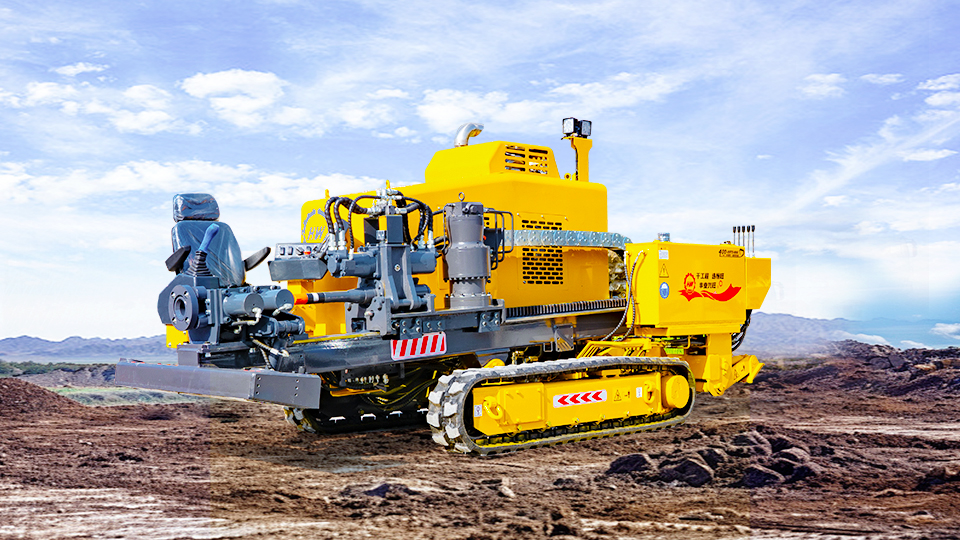
1. Introduction to Horizontal Directional Drilling
Horizontal Directional Drilling is a trenchless technology that installs underground pipelines through directional boring, particularly suitable for complex geological conditions. Its key advantage lies in its ability to complete long-distance, high-precision underground fiber optic cable installation without damaging the surface.
2. Key Challenges in Underground Fiber Optic Cable Installation
With rapid urbanization and digitalization, the demand for underground fiber optic cable installation has surged. However, traditional excavation methods are not only costly but also disruptive to roads, green belts, and existing pipelines. HDD technology effectively addresses these issues, enabling efficient and environmentally friendly construction.
3. Applications of HDD in Underground Fiber Optic Cable Installation
In practice, HDD technology facilitates underground fiber optic cable installation through the following steps:
Pilot Hole Drilling: A drill bit follows a pre-designed trajectory to ensure accuracy.
Reaming: The hole diameter is gradually enlarged to create space for cable installation.
Pullback Installation: Fiber optic cables are pulled through the borehole, completing the underground installation.
This process not only improves efficiency but also significantly reduces risks associated with underground fiber optic cable installation.
4. Technical Advantages and Economic Benefits
HDD technology offers notable advantages for underground fiber optic cable installation:
Environmental Protection: Minimizes surface disruption and preserves ecosystems.
Cost-Effectiveness: Reduces restoration costs and shortens project timelines.
Adaptability: Suitable for various geological conditions, including soft soil and rock.
Statistics show that using HDD for underground fiber optic cable installation can reduce overall costs by over 30% and shorten construction periods by 50%.
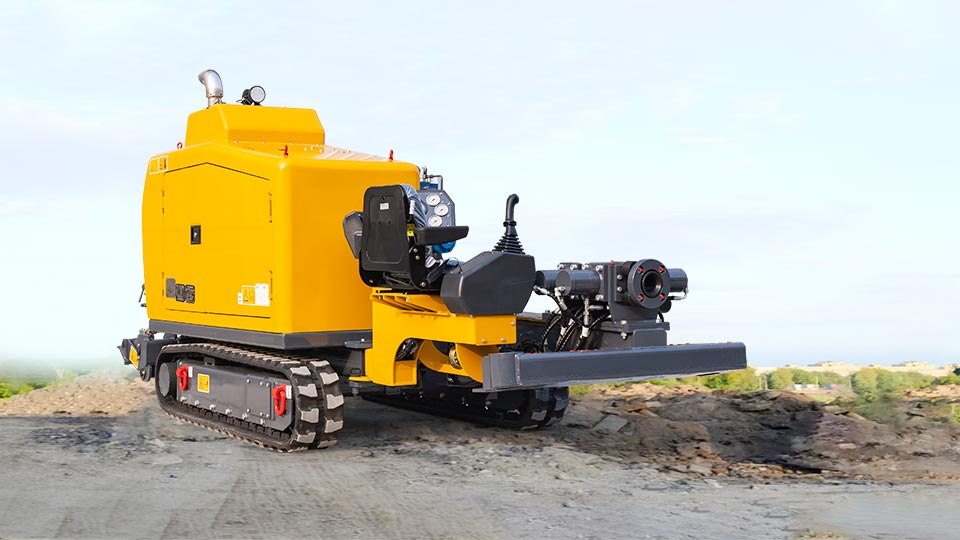
5. Future Development Trends
With the rise of 5G and IoT technologies, the demand for underground fiber optic cable installation will continue to grow. HDD technology is expected to advance toward greater intelligence and automation, such as integrating GIS (Geographic Information Systems) and real-time navigation for enhanced precision.
Conclusion
With its efficiency and environmental benefits, HDD has become a core solution for underground fiber optic cable installation. As the technology evolves, it will play an even more critical role in urban infrastructure and digital development.
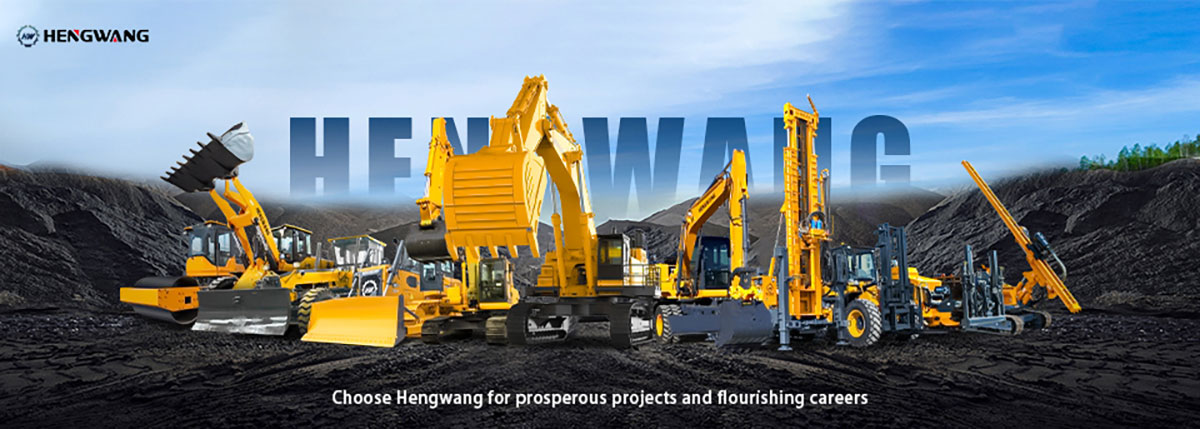
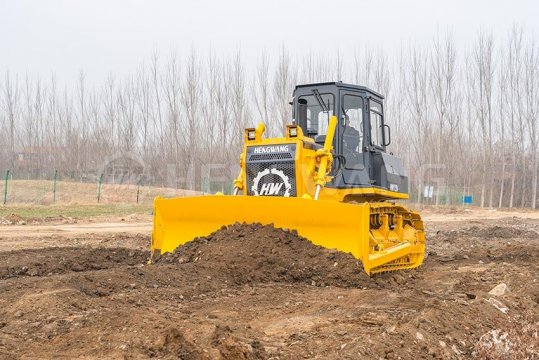 Bulldozer Blade Types: Core Configuration for Adapting to Different Operating Scenarios
Bulldozer Blade Types: Core Configuration for Adapting to Different Operating Scenarios
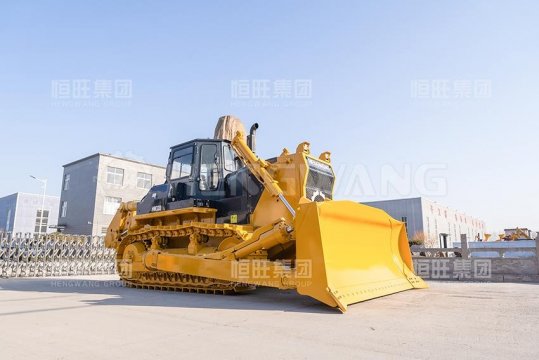 Swamp bulldozer: An Efficient Solution for Operations in Muddy Environments
Swamp bulldozer: An Efficient Solution for Operations in Muddy Environments
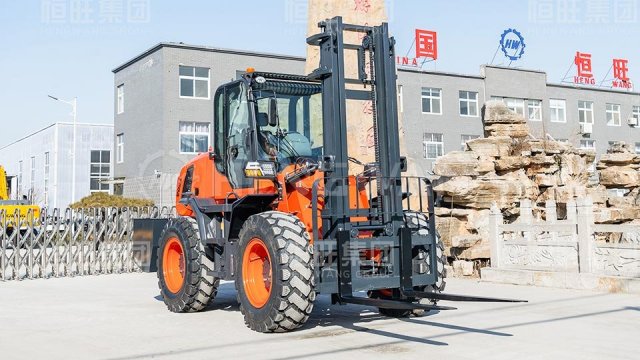 Rough terrain forklift with highest load capacity: A High-performance Solution for Heavy-duty Outdoor Operations
Rough terrain forklift with highest load capacity: A High-performance Solution for Heavy-duty Outdoor Operations